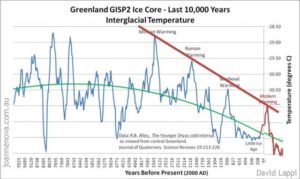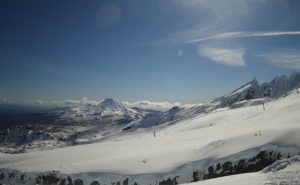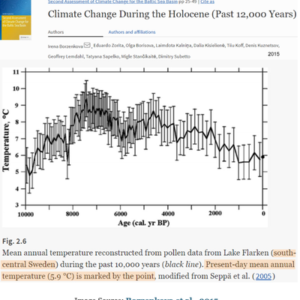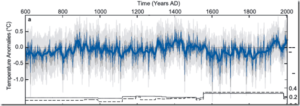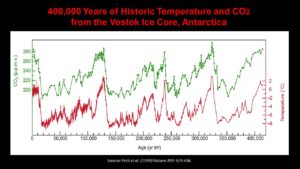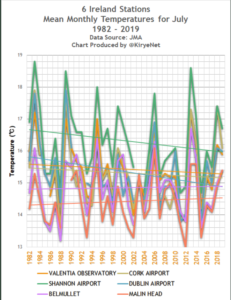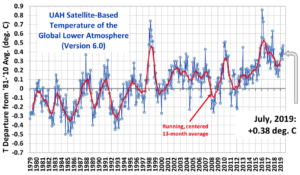by P. Gosselin, October 19, 2019 in NoTricksZone
Even NASA says it:
Without the Earth’s greenhouse gases (GHG) in the atmosphere, the planet would be on average a frigid -18°C.
But because of the preindustrial 280 ppmv CO2 and other GHGs in our atmosphere, the average temperature of the Earth thankfully moves up by 33°C to +15°C (see chart below), based on the Stefan Boltzmann Law.
…
And because CO2 has since risen to about 410 ppmv today, the global temperature supposedly should now be about another 1°C warmer (assuming positive feedbacks) bringing the average earth’s temperature to 16°C.
And once the preindustrial level of CO2 gets doubled to 560 ppm, later near the end of this century, global warming alarmists insist the Earth’s temperature will be near 18°C, see chart above.
So we are now supposed to be at 16°C today and warming rapidly. But what is the globe’s real average temperature today? 15.8C? 16.0C? 16.5°C?
Answer: astonishingly the official institutes tell us it is only 14.7°C!
For example, data from the World Meteorological Organization (WMO) shows us the global absolute temperatures for the previous 5 years:
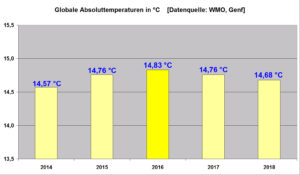
Image: www.klimamanifest.ch, data source: WMO in Geneva.
As the image above shows, the global absolute temperature last year was just 14.68°C.
This is 0.32°C COOLER than the 15°C we are supposed to have with 280 ppmv, and a whopping 1.32°C cooler than the 16°C it is supposed to be with the 410 ppmv CO2 we have in our atmosphere today.
So why are we missing over 1.3°C of heat? Why is there this huge discrepancy between scientists?
…

